In charts: e-transport momentum slows in tandem with Covid
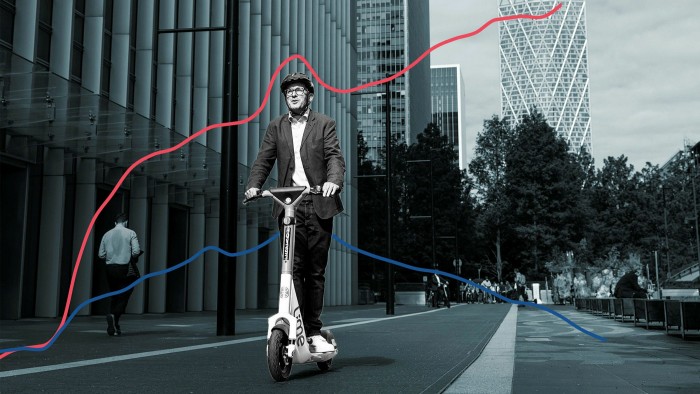
Simply sign up to the Sustainability myFT Digest -- delivered directly to your inbox.
A spate of infrastructure projects in cities over the past two years — undertaken while fewer people were on the roads due to Covid restrictions — has improved micromobility take-up in some countries.
But despite these initiatives, the signs are that people are some way from shaking off their pre-pandemic travel habits.
In the US, the use of shared micromobility — lightweight, typically single-person vehicles covering short distances, such as bicycles and scooters — has grown. Fifteen per cent of people were using micromobility on a weekly basis in November 2021 compared with six per cent prior to the pandemic, according to research from the McKinsey Center for Future Mobility.
A higher proportion of people also indicated that they were regularly walking or cycling than was the case before Covid. But cars are still being used as the primary means of transport in the US.
In Italy, the UK, France and Germany, shared micromobility use was only marginally higher in November 2021 than before Covid, the McKinsey figures show. Slightly fewer than before Covid were walking or cycling and, by last November, private vehicles were being used almost at the same rate as they were prior to the pandemic.
“People are [more or less] back to their old habits — with the exception of public transit, which is still down in usership, and micromobility, which is still up and will continue to be, especially in Europe and the US,” says Kersten Heineke, the McKinsey Center for Future Mobility’s global co-leader.
According to data from the European Cyclists’ Federation, which tracked changes to cycling infrastructures in leading European cities after Covid was declared a global pandemic, the immediate response resulted in almost 2,500km of infrastructure projects being announced between March 2020 and early July that year. These included new cycle lanes, traffic calming measures, car-free sections and wider sidewalks. By April 2021, 1,440km had been completed.
Studies suggest safer infrastructure networks — including clearly marked bike paths, with barriers separating them from routes used for motor vehicles — can improve the take-up of micromobility vehicles such as e-scooters and bikes.
Results from a survey by market researchers Ipsos, published in May, indicate that safer cycling routes can significantly increase the likelihood of people using a bike as their main means of travel for short journeys. In the Netherlands, where just 15 per cent of people (see next chart) think cycling in their area is too dangerous, more than four in ten people are using bikes as the main way of getting around their neighbourhood.
Shared micromobility use has the added benefit of providing data on road usage. At an aggregated level, this can be helpful for planners to assess where infrastructure improvements are needed most.
And the reallocation of street space in the UK during the pandemic — removing lanes for cars and large vehicles and replacing with (sometimes temporary “pop-up”) paths for pedestrians and cyclists — did seem to influence interest in micromobility.
E-bike sales surged after the country’s first lockdown measures were imposed, according to data from the Bicycle Association, the trade body of the UK cycle industry. In the year to March 2021, sales were 70 per cent above where they were a year earlier and have remained elevated.
But, since coronavirus restrictions were eased, growth in UK e-bike sales has slowed. Annual sales of traditional pedal bikes, at last count, had also dropped to 20 per cent below pre-pandemic levels.
“The Covid boom was an extraordinary set of circumstances,” says John Worthington, the Bicycle Association’s head of insights. “Now, leisure centres are opening up, cycling isn’t the only game in town. And many people who might have bought a bike at some point went out and did so during the pandemic.”
Long term factors driving the market are still strong, however, says Worthington. He believes the “climate agenda” will be a big factor in future demand. Transport, globally, is responsible for around 17 per cent of overall greenhouse gas emissions — the equivalent of around 8.4bn tonnes of CO₂e (carbon dioxide equivalent) emissions every year. And emissions from the sector have risen by more than a fifth in the past decade.
Government investment in infrastructure, and its impact on micromobility take up, could help to limit these emissions — particularly in cities. But it is a slow and gradual process. For a more definitive shift to happen, Heineke asks: “When are cities really going to crack down on car usage completely, because there is a [viable] alternative?”
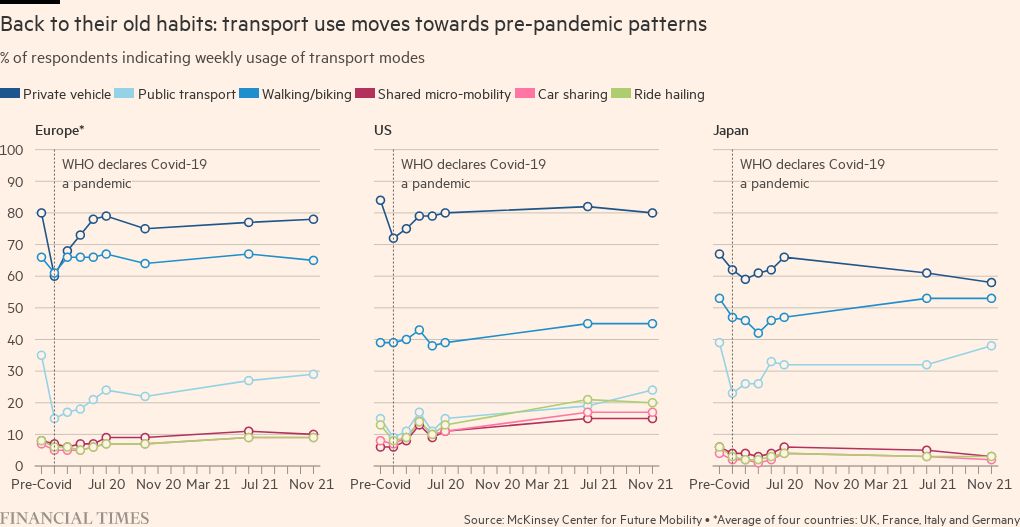
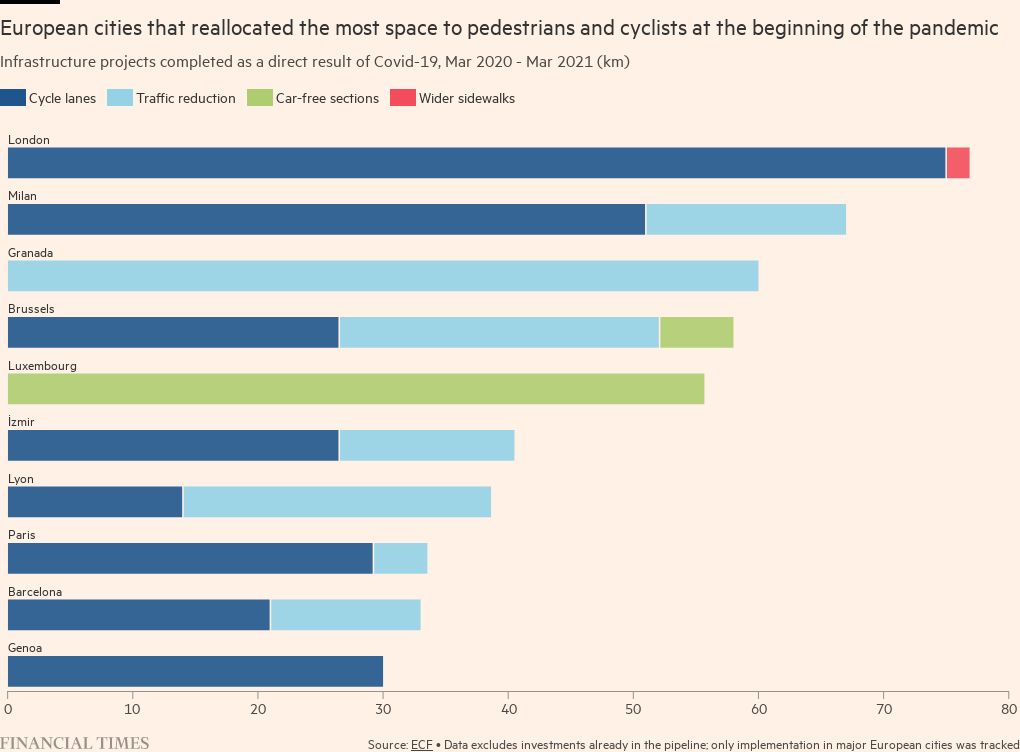
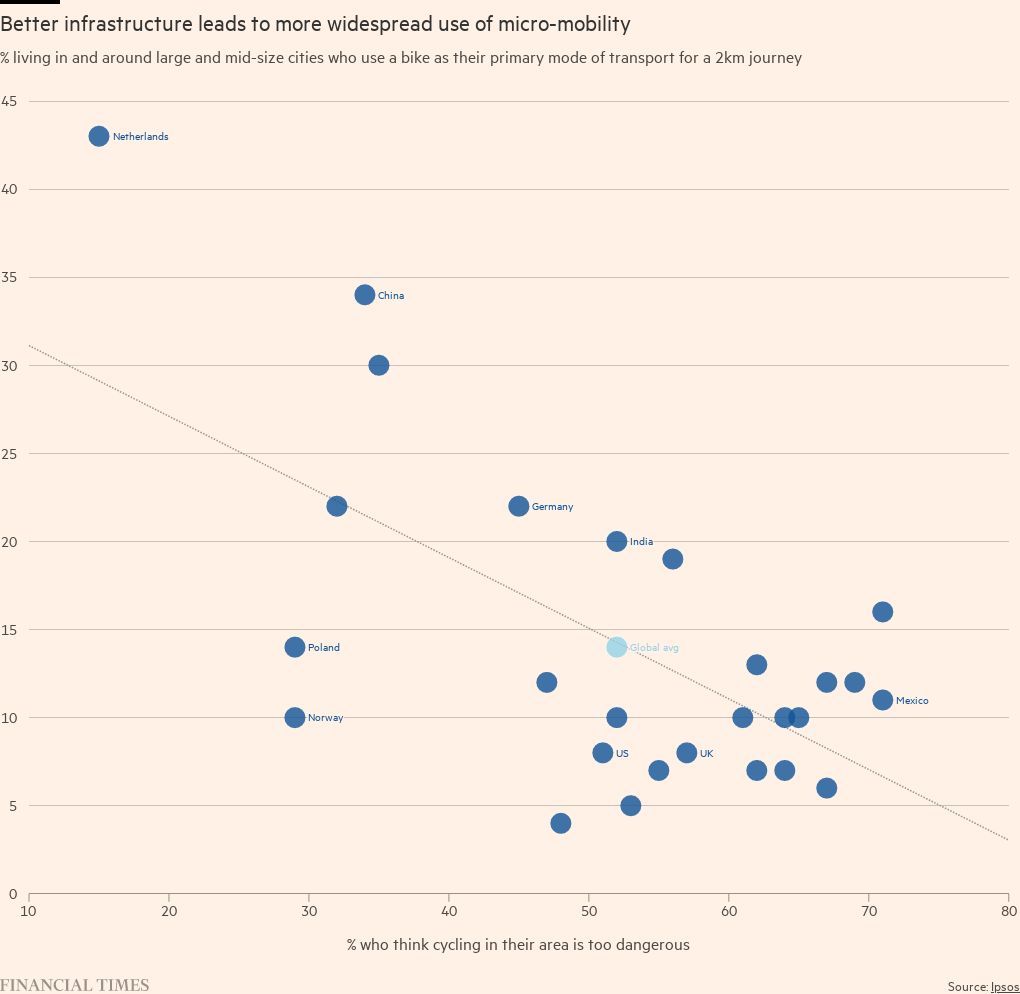
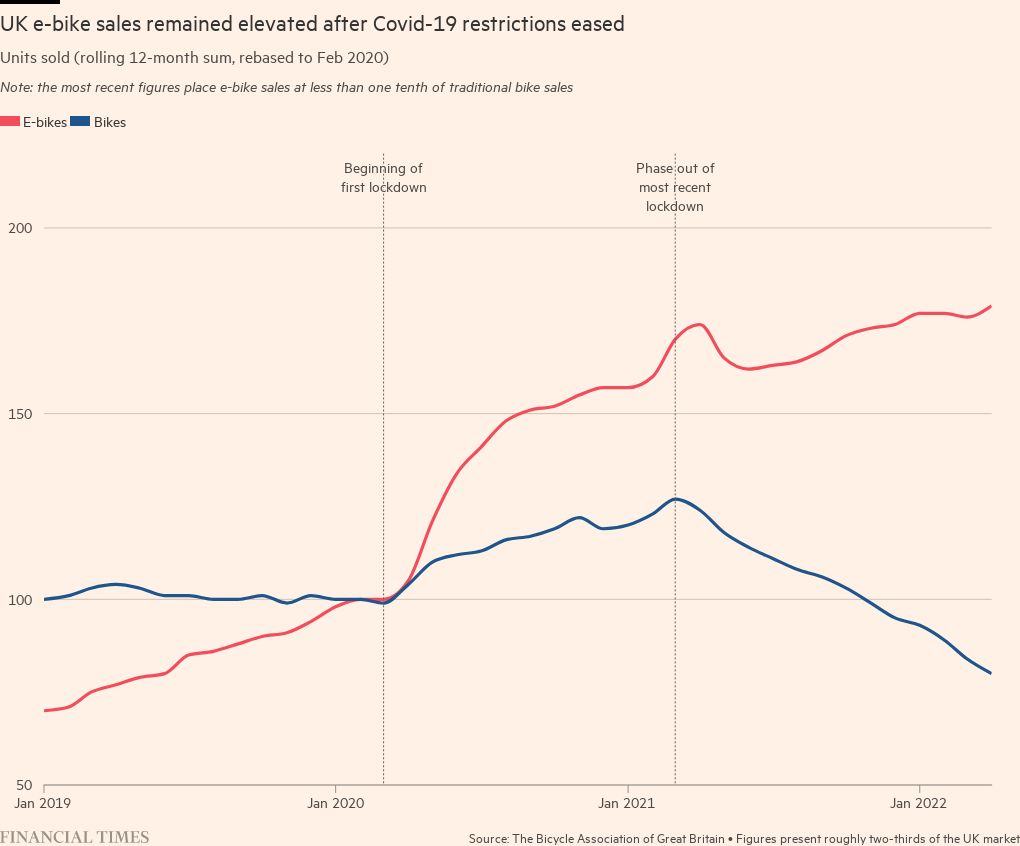
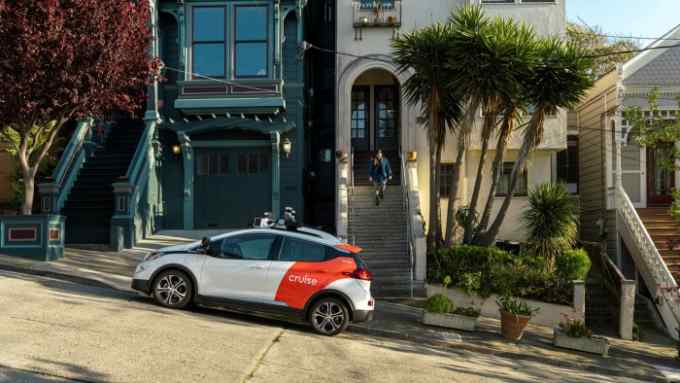
Comments